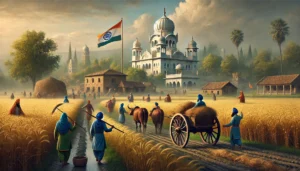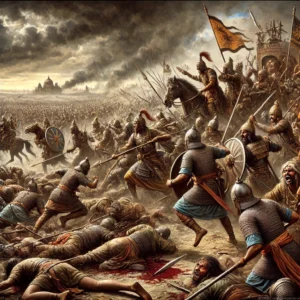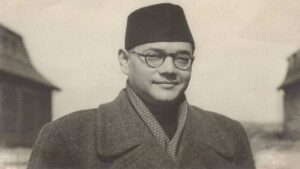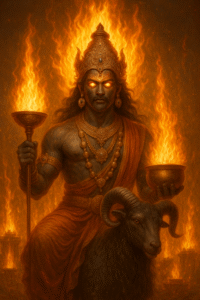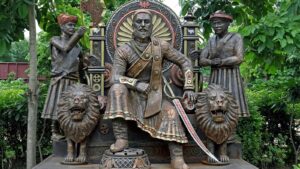Sambhaji Maharaj, the second Chhatrapati of the Maratha Empire, played a crucial role in shaping Indian history. As the son of Chhatrapati Shivaji Maharaj, the founder of the Maratha Empire, Sambhaji inherited the responsibility of defending and expanding the empire. His reign was marked by continuous military campaigns, resistance against the Mughal Empire under Aurangzeb, and the strengthening of the Maratha administration.
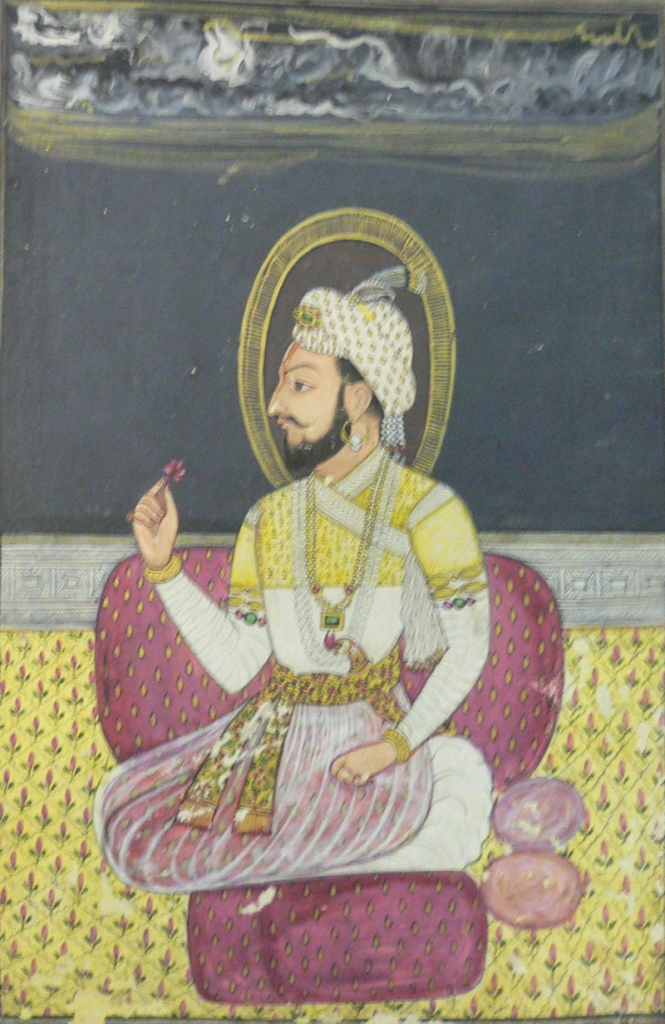
The Political Landscape: Mughals vs. Marathas
By the late 17th century, the Mughal Empire, under Emperor Aurangzeb, was engaged in prolonged warfare to subjugate the Deccan. The Marathas, under the banner of Hindavi Swarajya, sought self-rule, challenging Mughal dominance. This ideological and military struggle turned the Deccan into a battleground, with Aurangzeb committing vast resources to suppress the Marathas. Against this backdrop, Sambhaji Maharaj had to defend his empire while also expanding Maratha influence beyond its existing borders.
Early Life and Education
Born on May 14, 1657, at Purandar Fort, Sambhaji received extensive training in warfare, administration, and diplomacy. Fluent in Sanskrit, Persian, and Marathi, he was well-versed in governance and military strategy. As part of a political agreement, he spent time under Raja Jai Singh I of Amber, gaining insight into Mughal tactics and court politics. His exposure to different cultures and war strategies made him a formidable leader when he took the throne.
Succession and Internal Struggles
After Shivaji’s death in 1680, Sambhaji’s succession was contested by factions within the empire, notably by his stepmother Soyrabai, who sought to install her son Rajaram. After a brief period of imprisonment, Sambhaji secured his position as the second Chhatrapati on June 20, 1681. His reign saw immediate conflict with the Mughals, Siddis, Portuguese, and other regional powers.
Military Campaigns and Wars
Sambhaji Maharaj was an aggressive military leader who launched numerous campaigns to defend and expand Maratha power. Some of his major conflicts included:
1. Wars Against the Mughals
Aurangzeb had moved to the Deccan with the objective of crushing the Marathas. Sambhaji led multiple counteroffensives against Mughal forces, using guerrilla warfare tactics similar to those of his father. His forces launched surprise attacks on Mughal outposts, disrupting their supply lines and morale. The Marathas successfully raided Mughal territories, creating havoc in the imperial administration.
2. Conflicts with the Portuguese
Sambhaji opposed Portuguese colonial rule in Goa, primarily because of their interference in local affairs and forced religious conversions. He launched military campaigns against the Portuguese in an attempt to curb their influence along the western coast of India. Though he faced strong resistance, his campaigns weakened Portuguese control in certain areas.
3. Struggle Against the Siddis of Janjira
The Siddis of Janjira, backed by the Mughals, were a persistent threat to the Maratha navy and coastal security. Sambhaji made multiple attempts to capture the Janjira fort but was unable to completely defeat the Siddis due to their naval superiority. However, his continuous efforts laid the groundwork for future Maratha naval dominance.
4. Campaigns in the South
Sambhaji also engaged in military campaigns in the southern regions, attempting to extend Maratha influence into Mysore and the Tamil region. His forces clashed with regional rulers, but his efforts helped solidify Maratha military presence beyond Maharashtra.
Administrative and Economic Policies
Despite being constantly engaged in warfare, Sambhaji Maharaj took several measures to strengthen Maratha administration and economy:
- Revenue System: He continued Shivaji’s taxation policies but also introduced reforms to streamline revenue collection.
- Fortification of Strongholds: Recognizing the strategic importance of forts, Sambhaji invested heavily in fortifications, ensuring the Marathas had secure bases for operations.
- Encouragement of Trade: He promoted trade and sought to protect traders from external threats, especially from European colonial powers.
- Religious Tolerance: Despite his conflicts with the Mughals and Portuguese, Sambhaji was known for his policy of religious tolerance within his own territories.
Capture and Execution
In 1689, Sambhaji was betrayed by his commanders and captured by Mughal forces. Brought before Aurangzeb, he was given the choice to convert to Islam or face execution. Refusing to comply, he was subjected to prolonged torture and executed on March 11, 1689. His death was intended to break Maratha resistance, but it had the opposite effect.
Aftermath and Maratha Revival
Following Sambhaji’s execution, the Marathas regrouped under Rajaram Maharaj and later Maharani Tarabai. Despite facing immense pressure, they continued their struggle against the Mughals. Within a few decades, the Marathas emerged as a dominant power in India, significantly weakening Mughal influence. Sambhaji’s sacrifice became a symbol of defiance, further strengthening the Maratha commitment to Hindavi Swarajya.
Legacy
Sambhaji Maharaj’s contributions to Maratha resistance were significant despite his short reign. His military leadership and defiance against Mughal authority reinforced the Maratha commitment to self-rule. His campaigns not only defended the Maratha Empire but also expanded its territorial reach. His legacy is preserved in historical records, literature, and cultural narratives, marking him as a pivotal figure in Indian history.
His tenure exemplifies the broader struggle of regional powers against imperial rule, shaping the trajectory of Indian history in the 17th and 18th centuries. His resistance laid the groundwork for the Marathas’ eventual dominance in the subcontinent.

